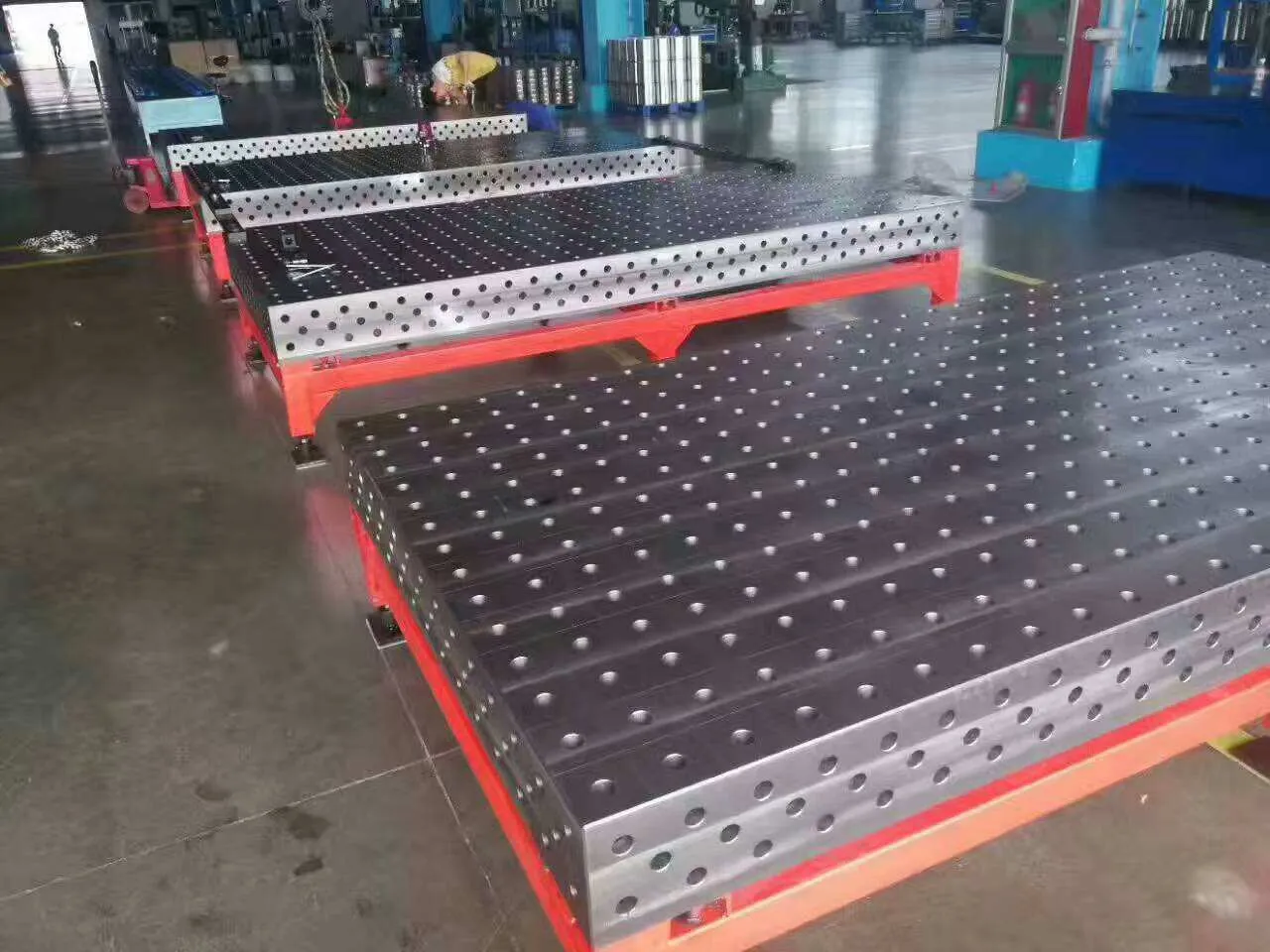dets. . 16, 2024 14:59 Back to list
industrial check valve
Understanding Industrial Check Valves An Essential Component in Fluid Systems
In various industrial applications, efficient fluid management is crucial for optimal operation and safety. Among the array of components used in these systems, industrial check valves play a vital role. These devices are designed to allow fluid to flow in one direction while preventing reverse flow, thereby ensuring the smooth operation of pipelines and preventing potential damage to equipment and systems.
What is an Industrial Check Valve?
A check valve, also known as a non-return valve, is a type of valve that opens to allow fluid flow in one direction and automatically closes when the fluid attempts to flow in the opposite direction. This mechanism is essential in preventing backflow, which can cause contamination, damage to pumps, and inefficient system operation. Industrial check valves are composed of various materials, including metals like stainless steel and specialized plastics, making them suitable for a wide range of applications, from water treatment plants to chemical processing facilities.
How Do Industrial Check Valves Work?
The operation of a check valve is relatively straightforward. As fluid enters the valve, it pushes against a disc or flap within the valve body. This disc is held in a closed position by the weight of the fluid or by a spring mechanism. When the pressure of the incoming fluid exceeds that of the fluid in the reverse direction, the disc lifts, allowing the fluid to pass through. When the forward flow decreases, or pressure from the opposite direction increases, the disc falls back into place, sealing the valve and preventing backflow.
There are several types of check valves, including
1. Swing Check Valves These have a hinged disc that swings away from the seat to allow flow and swings back to seal when flow stops. They are commonly used in larger pipelines. 2. Lift Check Valves These valves use a seat and a disc that moves vertically. They can handle higher flow rates and offer better sealing characteristics but require more maintenance. 3. Ball Check Valves Featuring a ball that moves into a seat to stop reverse flow, these valves are compact and suitable for various applications, including liquid and gas services.
industrial check valve

4. Diaphragm Check Valves Utilizing a flexible diaphragm that opens or closes based on flow direction, these valves are excellent for handling corrosive fluids due to their non-metallic parts.
Applications of Industrial Check Valves
Industrial check valves are utilized across various sectors, including
- Water and Wastewater Treatment To prevent the backflow of contaminated water into clean supply lines. - Oil and Gas In pipelines to ensure that pressure changes do not cause hazardous reversals in flow. - Chemical Processing To safeguard equipment from harmful backflow of reactive substances. - HVAC Systems In heating and cooling systems where maintaining flow direction is critical for efficiency and safety.
Importance of Selecting the Right Check Valve
Choosing the appropriate check valve for specific applications is vital. Factors to consider include the type of fluid, operational pressure and temperature, possible installation orientation, and the need for maintenance. The correct selection not only ensures system reliability but also enhances efficiency, minimizes downtime, and prolongs the life of related components.
Conclusion
In summary, industrial check valves are an indispensable part of fluid control systems across various industries. They provide critical backflow prevention, safeguarding equipment and ensuring operational efficiency. As industries continue to advance, the importance of reliable and efficient fluid management systems, bolstered by high-quality check valves, cannot be overstated. Investing in the right check valve solutions is essential for any industrial operation aiming for optimal performance and safety in its fluid management practices.
-
Why Metric Trapezoidal Thread is Ideal for Precision Motion ControlNewsAug.05,2025
-
The Unique Properties of a Block of Granite for Industrial UseNewsAug.05,2025
-
The Role of Flanged Y Strainers in Preventing Pipeline ClogsNewsAug.05,2025
-
The Importance of Regular Calibration for Master Ring GagesNewsAug.05,2025
-
How a Cast Iron Surface Table Enhances Accuracy in ManufacturingNewsAug.05,2025
-
Comparing Different Check Valve Types for Optimal Flow ControlNewsAug.05,2025
Related PRODUCTS









